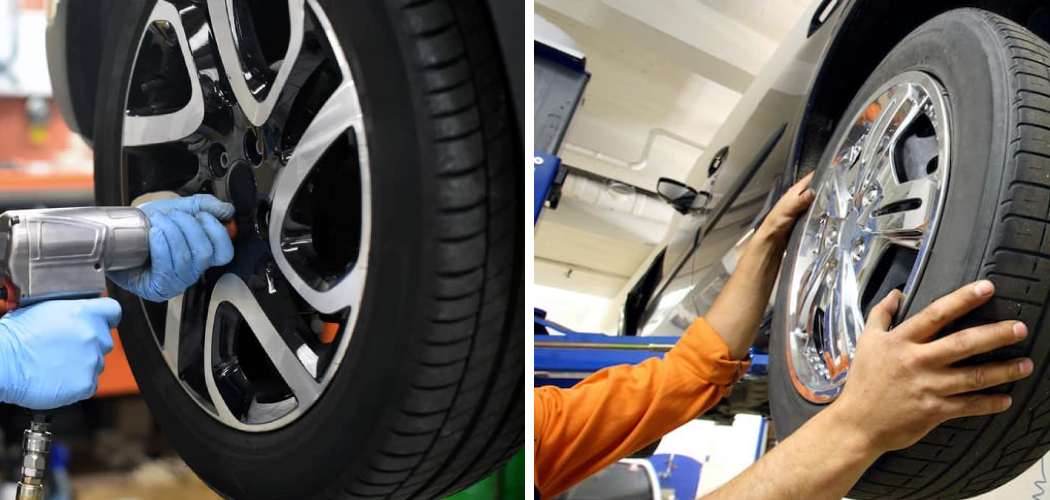Rotating the tires on an All-Wheel Drive (AWD) vehicle is a critical maintenance task that often goes hand-in-hand with ensuring even tire wear and maximizing the longevity of your vehicle’s tires. However, due to the unique power distribution of AWD systems, tire rotation for these vehicles requires careful consideration. In this guide, we’ll explore the intricacies of how to rotate AWD tires, providing a step-by-step process tailored to the specific needs of all-wheel-drive vehicles.
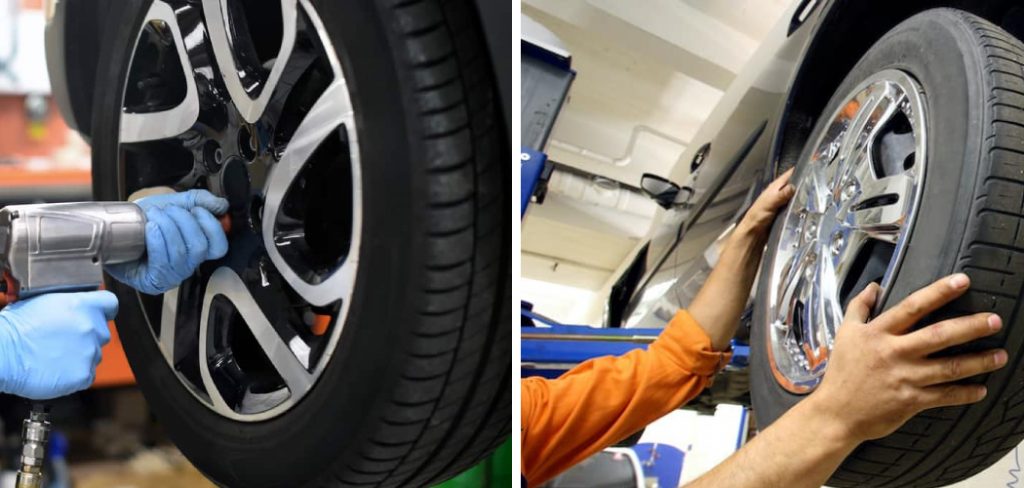
From understanding the recommended rotation patterns to addressing challenges posed by different tire sizes and tread wear, we’ll empower AWD vehicle owners with the knowledge needed to maintain optimal tire health and enhance the overall performance and safety of their vehicles. Join us as we navigate through the complexities of AWD tire rotation, offering insights for both AWD newcomers and seasoned drivers alike.
Importance of Tire Rotation for Even Wear
The importance of tire rotation for even wear cannot be overstated. This routine maintenance task is crucial for balancing the wear and tear on your tires, thus extending their lifespan. AWD vehicles, with their distinct power distribution, are particularly susceptible to uneven tire wear. Without regular rotation, certain tires may bear more weight and friction, leading to premature wear and potential performance issues.
By rotating your tires, you’re ensuring that each tire takes turns in the higher wear positions, promoting even wear across all four tires. This not only prolongs the life of your tires but also contributes to balanced handling and improved gas mileage, ultimately enhancing your AWD vehicle’s overall performance and safety.
Tire Rotation Patterns for AWD Vehicles
Different types and models of AWD vehicles may require different tire rotation patterns due to variations in their drivetrain configurations. Regardless of the pattern, the primary goal remains the same – to ensure even tire wear.
The most common pattern for AWD vehicles is the “Front-to-Rear” or “X-pattern”. In this method, the front tires move straight back to the rear, and the rear tires move to opposite sides of the front. This pattern works well for full-time AWD vehicles and is beneficial for those using non-directional tires.
Another commonly used method is the “Cross Rotation” pattern. Here, the front tires move to the rear but switch sides (the left front tire moves to the right rear position and vice versa), while the rear tires move straight up to the front. This pattern is often recommended for vehicles with tires of the same type and size on all wheel positions.
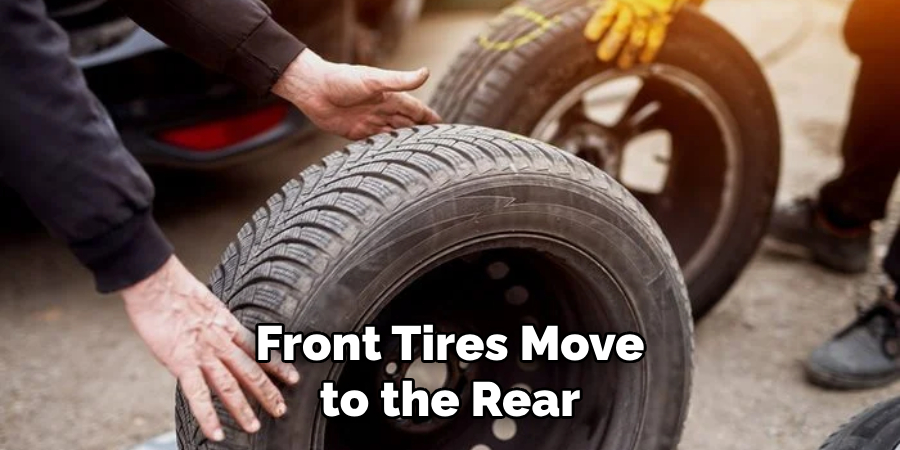
It’s important to consult your vehicle’s owner manual or contact your tire manufacturer before deciding on a rotation pattern, as some AWD vehicles may have specific rotation requirements based on the drivetrain layout and tire specifications. Remember, regular tire rotation is key to maintaining your AWD vehicle’s performance and enhancing tire longevity.
10 Methods How to Rotate Awd Tires
1. Follow Manufacturer’s Recommendations
The first and most important method for rotating AWD tires is to follow the manufacturer’s recommendations. Every vehicle has a specific tire rotation pattern recommended by the manufacturer, and it is important to follow this pattern to ensure proper wear and performance of your tires.
2. Rotating Front to Back
One common method for rotating AWD tires is to simply move the front tires to the back and vice versa. This helps to evenly distribute wear on all four tires, as the front tires tend to wear more quickly due to steering and braking.
3. Cross-Pattern Rotation
Another popular method for rotating AWD tires is the cross-pattern rotation, also known as an X-pattern rotation. This involves moving the front left tire to the back right position and the front right tire to the back left position, while swapping the back tires with each other.
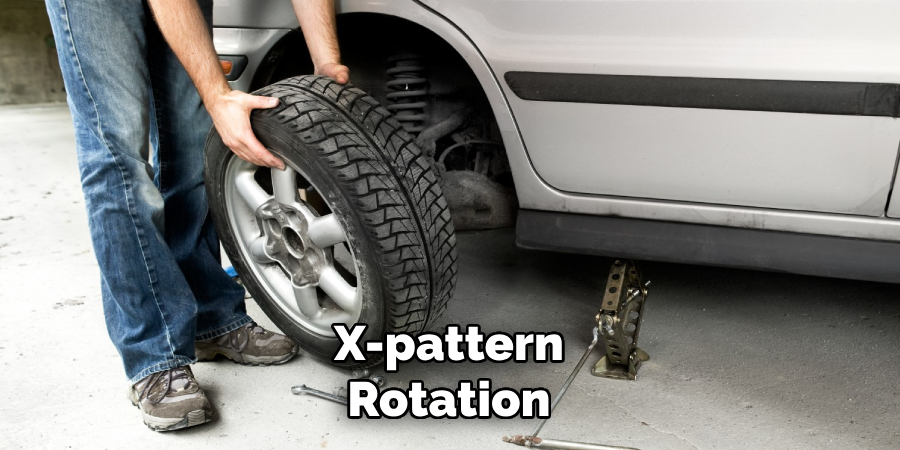
4. Directional Tires Rotation
Some AWD vehicles come equipped with directional tires, which are designed to only rotate in one direction. In this case, it is important to follow a specific rotation pattern recommended by the tire manufacturer.
5. Five-Tire Rotation
If you have a full-size spare tire that matches your other four tires, you can include it in your tire rotation schedule by using a five-tire rotation method. This involves moving every tire one position clockwise, including your spare tire.
6. Rearward Tire Rotation
For vehicles with rear-wheel drive bias or high-performance cars with staggered wheel sizes, a rearward tire rotation may be necessary. This involves moving all four rear tires forward while moving both front tires backward.
7. Frequency of Rotation
It is generally recommended to rotate your AWD tires every 5,000-7,500 miles or at least twice a year. However, if you notice uneven wear or handling issues with your vehicle, you may need to rotate them more frequently.
8. Inspect Tires for Damage
During the tire rotation process, it is important to inspect each tire for any signs of damage or excessive wear. This can help identify potential issues with your vehicle’s alignment or suspension.
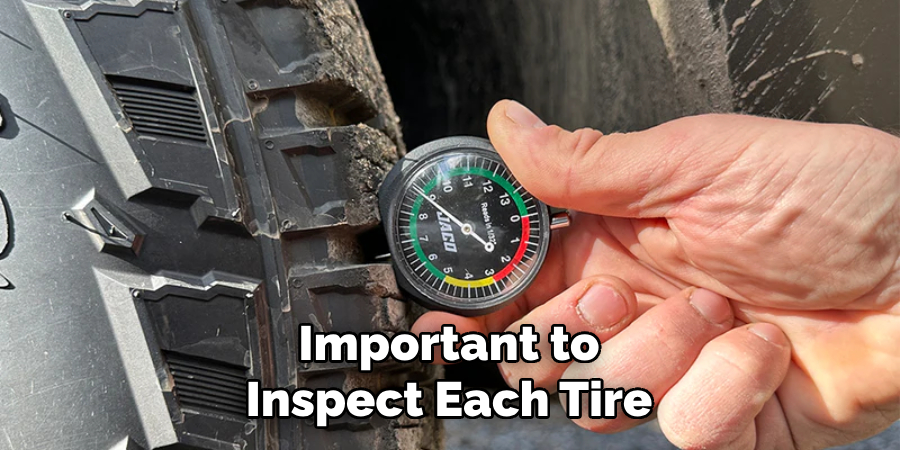
9. Consider Tire Age
In addition to wear and tear, it is also important to consider the age of your tires when rotating them. Tires that are over six years old should be replaced, even if they have not reached the recommended mileage for rotation.
10. Seek Professional Help
If you are unsure about how to properly rotate your AWD tires or do not have the necessary equipment, it is best to seek professional help from a trusted mechanic or tire shop. They will have the expertise and tools needed to ensure a proper tire rotation.
Vehicle-Specific Guidelines
While the above methods provide a general approach to tire rotation, it’s essential to remember that different vehicle models may have unique requirements for tire rotation. For instance, high-performance sports cars may require a different rotation pattern compared to compact SUVs. Similarly, some luxury vehicles may come with specific instructions from the manufacturer concerning tire rotation.
This underlines the importance of referring to your vehicle’s owner’s manual, which will provide specific guidelines on tire rotation, tailored to your vehicle’s design and specifications.
If the manual is unavailable or if you’re still uncertain, it’s recommended to consult a professional mechanic or a dealership service department experienced with your vehicle model. Following vehicle-specific guidelines helps in maintaining optimal performance and ensuring maximum lifespan of your tires.
Safety Precautions When Rotating AWD Tires
When rotating your AWD tires, safety should be of paramount importance. Here are a few precautions to keep in mind:
- Use Proper Equipment – Always use the correct tools for the job, including a hydraulic jack of sufficient capacity to lift your vehicle, jack stands to support the vehicle once lifted, and a torque wrench to ensure lug nuts are properly tightened.
- Follow Vehicle Lifting Points – To prevent damage to your vehicle, always lift the vehicle at the designated lift points specified in the vehicle’s owner manual.
- Never Work Under an Unsupported Vehicle – It’s important to never place any part of your body under a vehicle that is only supported by a jack. Always use jack stands to support the vehicle weight.
- Wear Appropriate Personal Protective Equipment (PPE) – This includes wearing gloves to protect your hands and safety glasses to shield your eyes from any debris that could cause injury.
- Ensure a Stable Working Environment – Always perform tire rotations on a flat and stable surface, away from moving traffic or children playing.
- Check Wheel Torque After Rotation – After rotating your tires and reinstalling the wheels, it’s crucial to use a torque wrench to tighten the lug nuts to the proper specification. This prevents wheels from becoming loose while driving, which can be extremely dangerous.
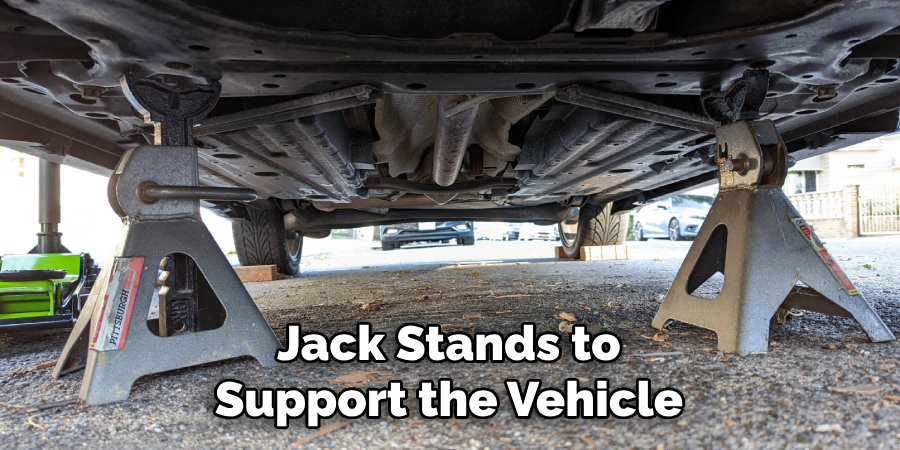
Remember, safety should always come first. If you’re not comfortable performing a tire rotation yourself, don’t hesitate to seek professional help.
Conclusion
In conclusion, rotating your AWD tires is a crucial step in maintaining the overall health and longevity of your vehicle. By following the steps outlined in this blog post, you can ensure that your tires wear evenly and avoid costly repairs down the road. Whether you are a seasoned car enthusiast or a new driver, understanding how to properly rotate your AWD tires is knowledge that will benefit you for years to come.
So next time you’re due for a tire rotation, remember these tips and take action to keep your vehicle running smoothly. And don’t forget to share this information with friends and family who could also benefit from this valuable knowledge. Taking care of our cars not only ensures our safety on the road but also helps us save money in the long run.
So let’s all commit to regular tire rotations and keep our vehicles in top shape! Follow these simple instructions outlined in this blog post about how to rotate awd tires, and you’ll be able to get the job done with ease.

